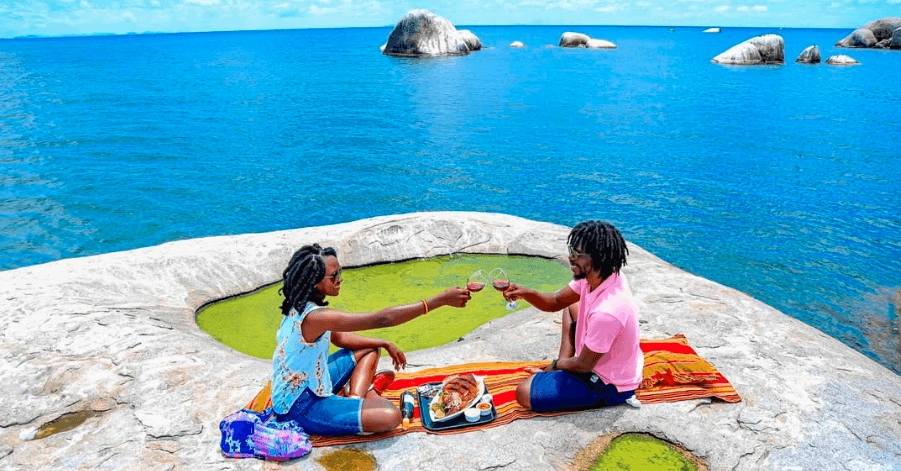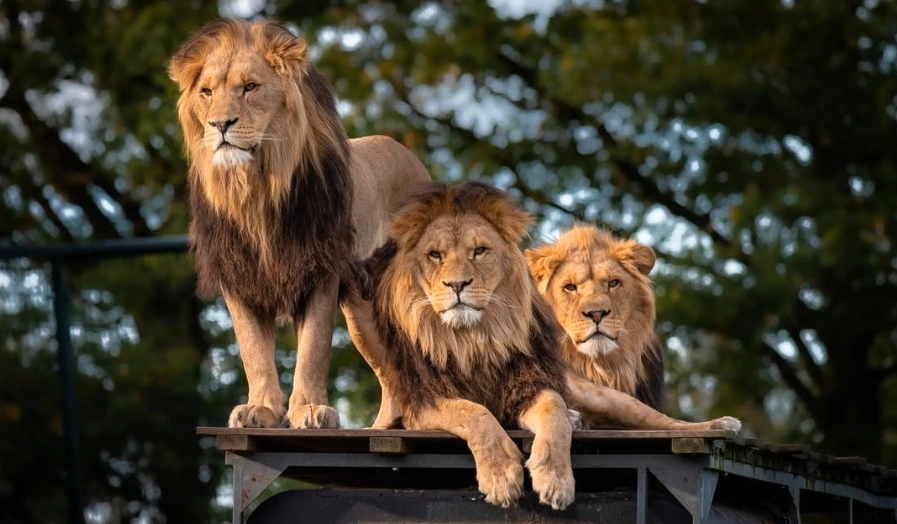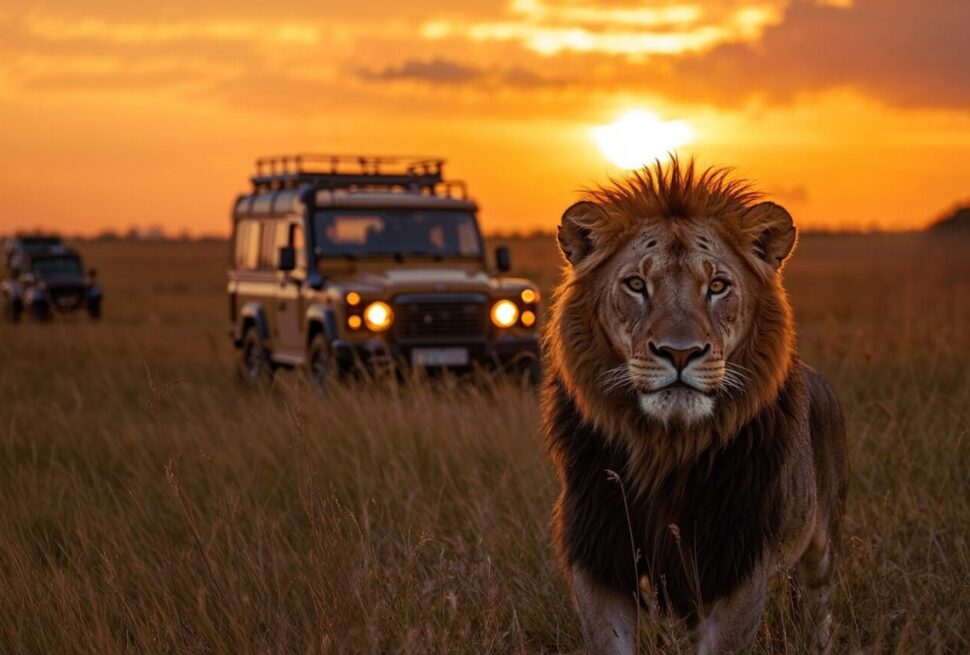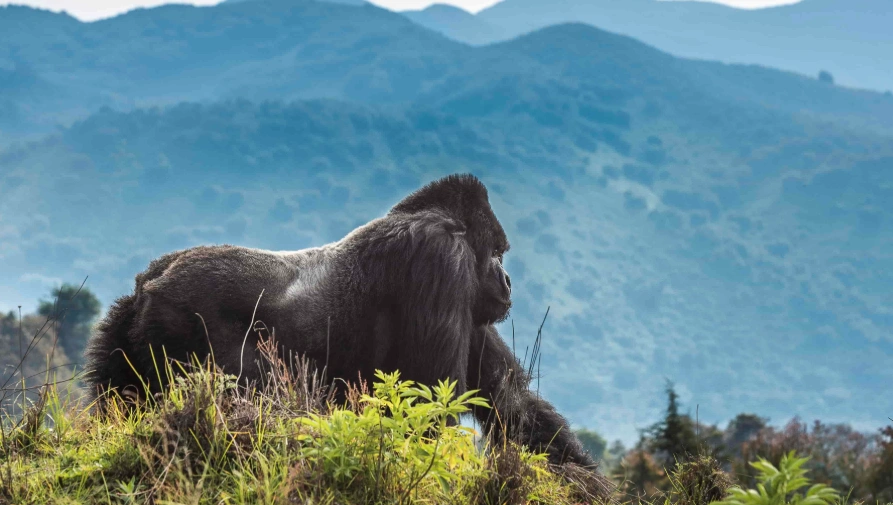Africa’s wildlife doesn’t follow a calendar written by tour operators. While travel companies love to echo the refrain “go in the dry season,” this advice flattens the continent into a single pattern.
It also erases local nuance—rain in Uganda doesn’t behave like rain in Zambia. The Great Migration in Tanzania’s Serengeti doesn’t align with gorilla trekking conditions in Bwindi.
So the real question isn’t when Africa is “best.” It’s this: when are you most likely to witness the scenes that matter to you? That might mean river crossings. Or courtship dances. Or babies being born into the wild.
Below, we map out Africa’s standout wildlife moments month by month—with a sharp eye on Uganda and its lesser-known seasonal treasures.
Key Takeaways
- Wildlife viewing changes dramatically by month—timing matters more than many travelers realize
- East Africa offers exceptional year-round opportunities, with Uganda revealing rare seasonal advantages
- Rainy seasons aren’t always a disadvantage; some deliver thrilling experiences not possible in the dry months
- Peak visibility doesn’t always equal peak value—some of the best encounters happen off-season
- Don’t chase generalizations; build your trip around the animals or events you care about most
January
Southern Africa is coming off the rains—lush and quiet, with newborn antelope herds dropping fast. Meanwhile, Uganda is dry and clear.
Gorilla trekking in Bwindi hits ideal conditions this time of year, and birders can catch migratory species lighting up Mabamba Swamp and the forest canopy around Kibale. Trails are firm, and the crowds haven’t yet descended.
February
The wildebeest calving season peaks in Tanzania, but don’t sleep on Uganda—chimpanzee tracking in Kibale is fantastic right now. The forests are dry, the chimps vocal and visible.
Gorilla trekking continues to deliver with steady conditions and great light. This is also a great time to test your stamina on steeper slopes in Mgahinga.
March
Rain begins to creep into East Africa, but don’t write it off. Early March still brings manageable conditions for primate treks. You’ll face fewer tourists, and gorilla permits become slightly easier to secure.
Yes, trails get muddier—but that also means richer forest scents and more dynamic wildlife behavior, especially in the lead-up to the rains.
April
Heavy rains return in much of East Africa, and this is where many travelers hesitate. But April brings its own kind of magic—misty forests, dramatic skies, and a deeper sense of solitude on the trails.
If you’ve considered a longer gorilla habituation trek, this month offers fewer crowds and a raw, unsanitized forest experience. Birders will also catch vibrant displays and courtship rituals across key wetlands.
May
Rain tapers off, and the shoulder season hits its stride. Uganda’s national parks begin to dry, bringing wildlife closer to the action.
Rhinos at Ziwa Sanctuary are more easily tracked, and gorilla trekking in Bwindi strikes a rare balance: solid conditions without peak-season congestion. For self-drivers, this is a savvy window—just be ready for a few lingering afternoon showers.
June (Peak season begins)
The classic safari season kicks off. Dry conditions dominate southern and eastern Africa, but Uganda remains relatively quiet. This is a brilliant time to combine boat cruises on the Nile with treks for chimps and gorillas.
In Queen Elizabeth, predators are easier to spot near shrinking waterholes, and game drives yield high success rates.
July
Peak visibility meets peak crowds—especially in Kenya and Tanzania. But Uganda remains a quieter refuge. In Kidepo, lions and cheetahs prowl the open plains under wide, silent skies.
Gorilla treks in Bwindi and Mgahinga are fully booked, but the atmosphere is electric: clear views, cool weather, and full-throated gorilla calls echoing across the slopes.
August
This is high drama across the continent. River crossings in the Mara. Predators stalking drought-weakened prey.
Uganda hums with life—shoebills nest in Mabamba, herds cluster in Queen Elizabeth, and even elusive antelope species grow bolder. If you’re after a concentrated, high-stakes safari window, August is hard to beat.
September
Vegetation thins, but the rains are still weeks away. In Uganda, this is when Kidepo hits its sweet spot—dry enough for game drives, wild enough to still feel untouched. Fewer tourists return to the trails, and chimpanzee and gorilla treks regain a sense of intimacy.
September is ideal if you want premium experiences without the chaos of peak season.
October
The first rains break across East Africa, and while some travelers flinch, others know this is when the land wakes up. Forests turn lush again. Animals regroup. Courtship displays start anew.
In Uganda, this is a smart time for slower, deeper travel—community visits, forest hikes, and responsible travel that favors local rhythms over photo ops.
November
Misunderstood and underbooked, November is one of Uganda’s hidden gems. Fewer crowds, discounted rates, and a forest alive with activity. Rain may fall—but it rarely lasts all day. If you’re trekking gorillas or tracking chimps, the wildlife is restless and vocal.
This month also appeals to travelers with flexibility and patience, who value sensation over predictability.
December
A month of contrast. Lush forests return. Migratory birds fill the skies. National parks swell with life. Gorilla permits move fast, but if you plan ahead, this can be one of the richest safari months.
Want something more reflective? Head to Ngamba Island for chimpanzee encounters framed by lake breezes and long golden light.
Month-by-month wildlife safari summary
| Month | Best regions | Key experiences | Uganda highlights |
|---|---|---|---|
| January | Southern + East Africa | Newborn antelopes, green landscapes | Gorilla trekking, peak birding season |
| February | Tanzania, Uganda | Calving season, chimp activity | Gorilla + chimp trekking in dry forests |
| March | East Africa | Shoulder season sightings, fewer crowds | Easier permits, moody forests |
| April | Uganda, Rwanda | Courtship displays, quiet treks | Gorilla habituation, prime birdwatching |
| May | Southern + East Africa | Wildlife concentrates, rhinos more visible | Rhinos at Ziwa, balanced gorilla conditions |
| June | All regions | Safari season begins, predator movement | Game drives, Nile cruises, clear trails |
| July | All regions | Peak wildlife visibility, high demand | Kidepo predators, Mgahinga treks |
| August | East Africa | Migration, river crossings, drama | Shoebills, primates, Queen Elizabeth sightings |
| September | Southern Uganda, Kidepo | Thin vegetation, easier tracking | Low crowds, dry weather, best Kidepo conditions |
| October | East Africa | Regrowth, animal regrouping | Courtship displays, green landscapes |
| November | Uganda, Rwanda | Green season intensity, fewer tourists | Discounted trekking, vocal primates |
| December | All regions | End of rains, returning migrants | Gorilla trekking, Ngamba Island chimps |
Tell us what you want to see—and when. We’ll help you match your timing to the wildest moments of the year.
FAQ
What’s the best time to visit Africa for wildlife?
It depends on where you’re going and what you want to see. Dry seasons offer visibility, but green seasons offer life, birth, and beauty.
When is the best month to visit Uganda?
June to August and December to February are the driest and most popular. But shoulder seasons—March and September—offer value and fewer crowds.
Is it worth visiting during the rainy season?
Absolutely. If you’re trekking gorillas or birding, rainy months often bring richer sightings and fewer tourists.
Which country has the best wildlife viewing in Africa?
There’s no single answer. Uganda is unmatched for primates and diversity in compact form. Tanzania and Kenya shine for big game spectacles. Southern Africa offers rugged contrast.
Do I need to book permits or safaris far in advance?
Yes—especially for gorilla trekking. See How Far in Advance Should You Book a Safari for detailed advice.





